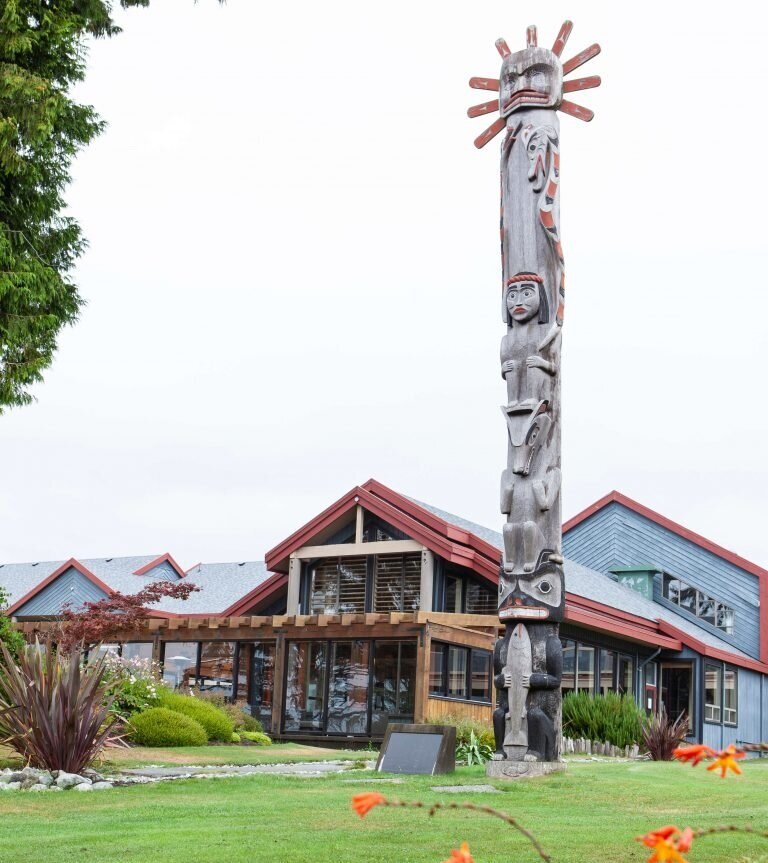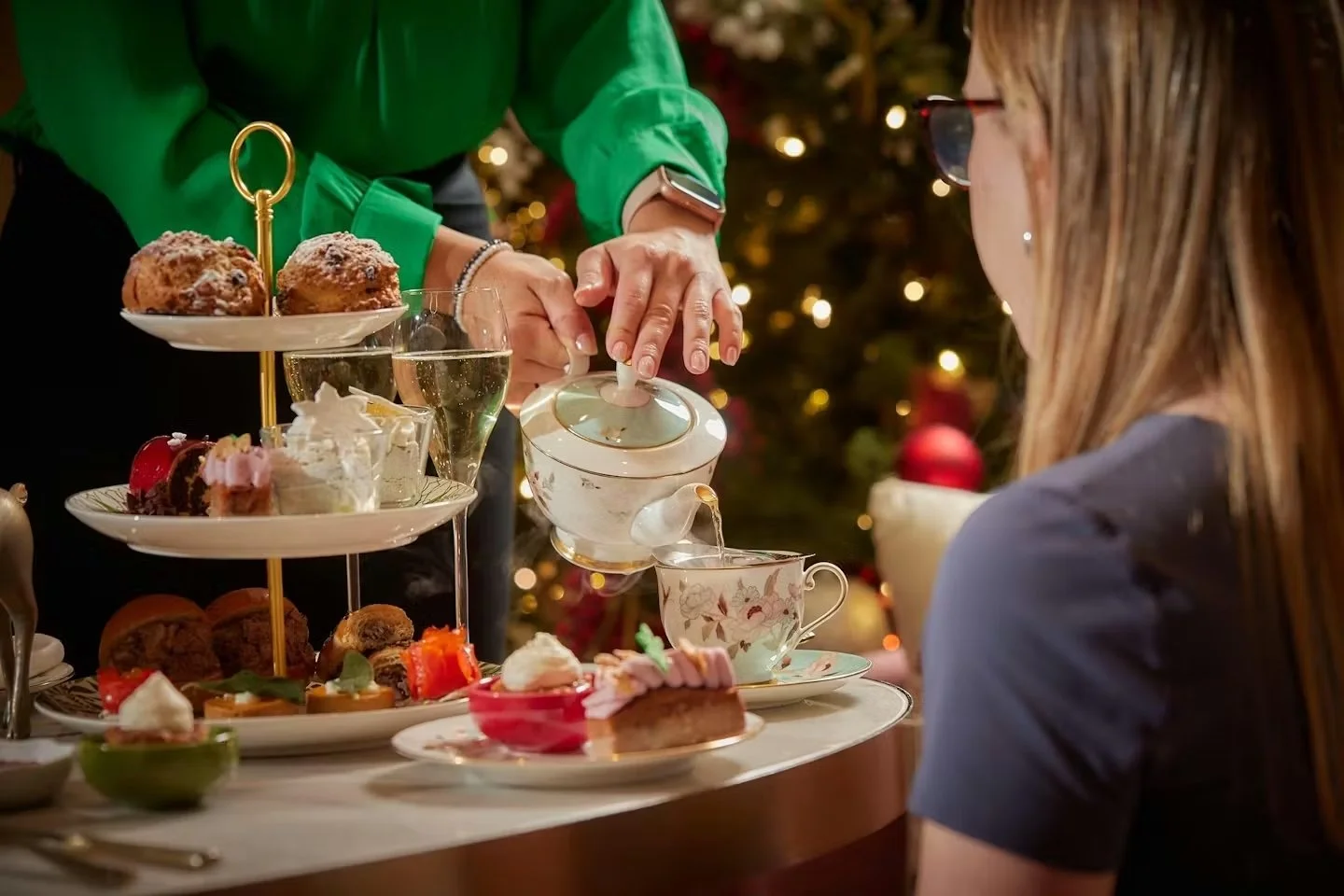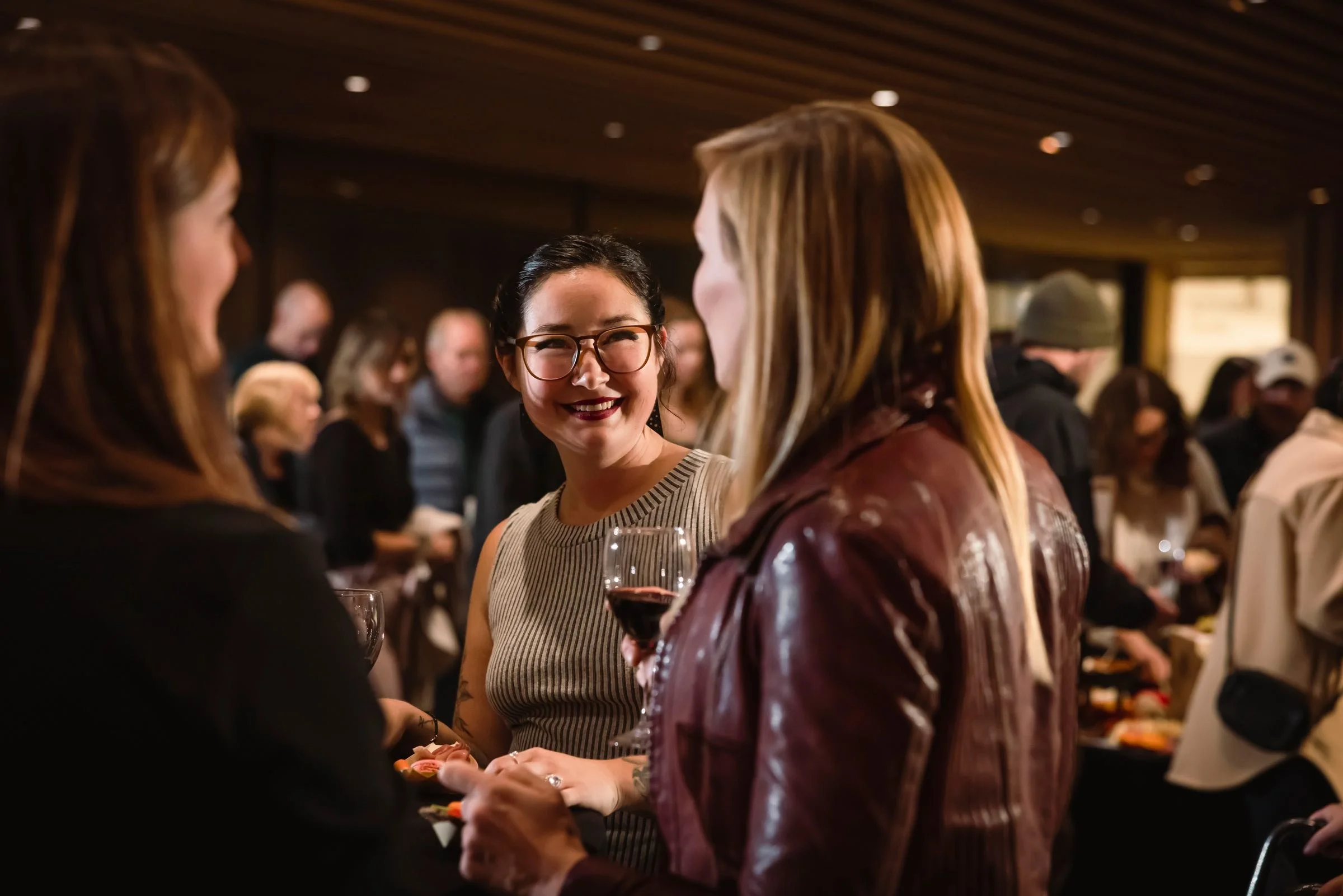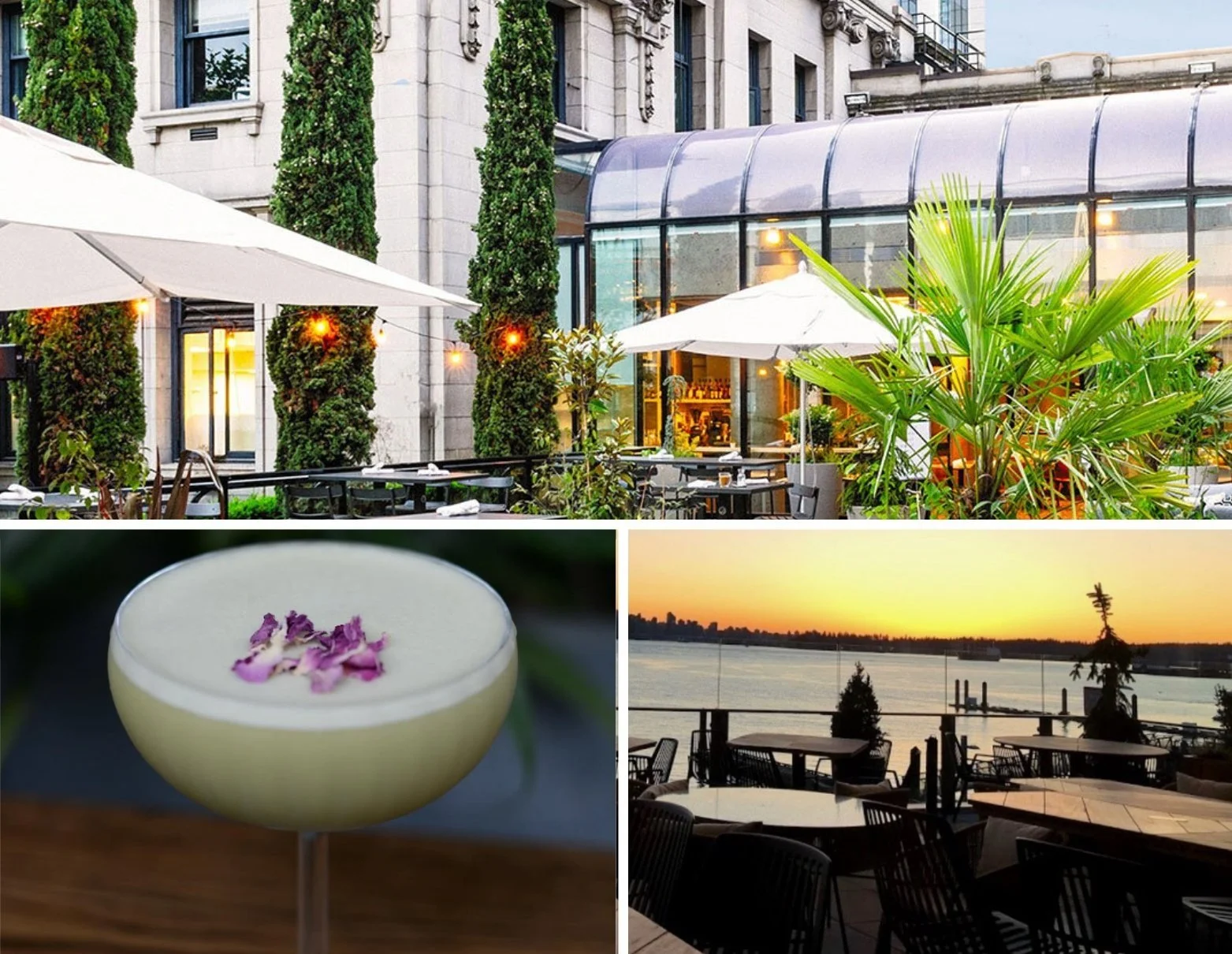Stir Q&A: Brenda Baptiste, chair of Indigenous Tourism BC, on traditional knowledge, diversity, and the wisdom of her grandmother
On International Women’s Day, the Osoyoos Indian Band member reflects on the resilience of Indigenous people
Brenda Baptiste, chair of Indigenous Tourism BC, is a former long-term care aide.
PRE-COVID 19, tourism was one of the fastest-growing industries in B.C., with Indigenous tourism in particular poised to flourish. In response to the pandemic, the sector has shifted its focus to virtual tours and experiences as well as online offerings of products and services. Some operators are welcoming guests; others remain cautious or closed.
Despite these extraordinarily challenging times, Indigenous tourism has a vital role to play in boosting the economic security of communities throughout B.C. while educating others about Indigenous history, traditions, languages, and way of life.
Brenda Baptiste, an inspiring business leader with a background a nursing, is chair of the board of directors of Indigenous Tourism B.C. Born in Penticton, raised in Oliver, and a member of the Osoyoos Indian Band and the Syilx (Okanagan) Nation, she has been involved in such important initiatives as the development of NK' mip Desert Cultural Centre. Stir caught up with Baptiste to learn more about her background and the future of Indigenous tourism.
What motivated you to make the shift from health care to your current work in Indigenous tourism?
I started out in health care in my 20s and worked as a long-term care aide for years. I was fortunate enough to work with some incredible nurses, who encouraged me to go back to school for my nursing degree. I had very young children, but they persisted and convinced me that I could do this.
Health care had always been my calling. However, after years of working in hospitals and community, I became a little frustrated that we didn’t seem to be making much headway in creating healthier communities, especially with the youth.
At this time, I had the opportunity to work with the Osoyoos Indian Band and help develop the Nk’Mip Desert Cultural Centre. I was a little unsure of leaving my profession that I had worked so hard for, so I went to see my grandmother, who I always went to for advice.
After speaking with me, she told me that if the youth do not embrace their identity as Sylix (Okanagan) people, then they have no chance of getting healthy, and that this was an opportunity to create a place for them to learn about their culture, land, and, more importantly, who they are.
Indigenous Tourism does just that: while creating opportunities and employment, it also connects our youth, Elders, and community with the beauty and wisdom of their culture. It supports their personal and cultural identity, which gives them opportunities for success in the future.
How can tourism support Indigenous communities throughout B.C.?
Tin Wis Resort, Tofino.
Indigenous tourism plays a very special role in Indigenous communities. Not only is it an economic driver within the communities, it also plays a major role in the revitalization of Indigenous cultures, knowledge, and identity, which has a positive impact on all age groups, whether it is the youth who are gaining knowledge and a sense of self from the Elders, or the Elders and Traditional Knowledge keepers gaining strength and resilience from sharing their knowledge and cultural teaching.
Either way, Indigenous tourism builds upon the fabric of the community and is the highest form of sovereignty, as the communities choose what they will share and what they will protect. It is a celebration of identity and resilience for Indigenous people. The resilience of Indigenous people is incredible.
Where do you see Indigenous tourism going in the near future in the province?
Indigenous Tourism will continue to grow and thrive within this province because Indigenous tourism businesses are part of the fabric of our communities and are pivotal in communicating our cultural values and principles. The youth, Elders, and the land are the foundation of sharing our culture and stories with our guests.
As Indigenous people, we will continue to thrive, as this is our lived experience—our identity—and it has been the same since the beginning.
I believe that the identity of British Columbia only becomes stronger when Indigenous voices and cultures are a part of the experience and identity of our province.
COVID has certainly had an impact on our growth, but prior to 2019, we experienced a 20-percent growth every year for the past 15 years. In this uncertain time, our voices have only become stronger, because as Indigenous people, it is our responsibility to take care of our communities, lands, and guests. Hosting is an integral Indigenous value within all of the communities, and that will not change—it is who we are as a people.
For non-Indigenous people, what are some key considerations or etiquette points when it comes to pursuing Indigenous tourism?
The first key point is to know where you are going. In Canada, there are 600+ Indigenous communities, and what makes B.C. so unique is that 203 of those communities are here in this province. There is such a diversity of opportunity and experience to explore the amazing cultures within this province.
The traditional territories are all so different, from desert lands to rain forests to northern landscapes. Everywhere you travel in this province is part of the traditional territory of an Indigenous nation. Find out which nation, and then explore the culture and lands that you will be visiting. ITBC has an app and a website that can assist visitors plan their trip.
The second point is to be respectful of the communities and engage with the Indigenous tourism operators, ask questions, be curious, and share in a dialogue. You will be surprised at how much you will take away. Some communities, because of COVID, have closed to protect their communities and lands as this is a time of healing and they are meeting their traditional responsibilities.
What has your experience been like as a woman in the Indigenous tourism industry?
As a Syilx woman, I have had the privilege of working with some of the most incredible people in this industry and government. Creating Indigenous Tourism BC has taken a journey of 20 years, and no one does this on their own. We have had visionary Indigenous and industry leaders who have supported and worked closely with us and have left a legacy for future generations within the Indigenous community.
How have you been coping with COVID-19?
Like everyone else, paying attention to the protocols and taking care of my family. ITBC is also focused on supporting Indigenous tourism operators and advocating for capacity building, funding, and marketing to domestic markets to get them through the next few months. I spend a lot of time in meetings and Zoom—a new world!
I spend my down time with my grandchildren and family. During the warmer months we travel and ride motorcycles to see the country.














